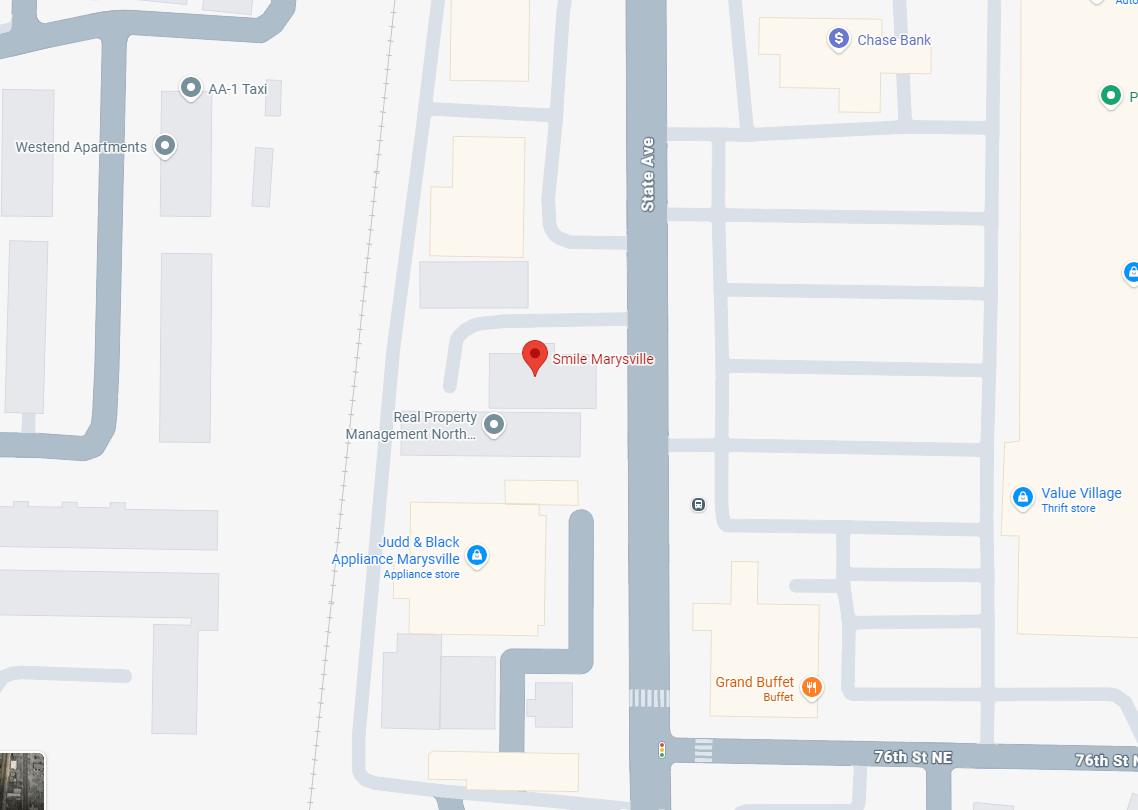To determine the right time for a child’s first dental visit is crucial for establishing a foundation of good oral health. Pediatric dentists specialize in children’s dental care, ensuring a positive and nurturing experience.
This guide will explore the optimal age to stop a child from going to a pediatric dentist. Early visits not only foster a positive attitude towards dental care but also address developmental concerns, and lay down the groundwork for a lifetime of healthy smiles.
So want to get the details of age and reasons about what age to stop seeing a Pediatric dentist? Let’s check what is the oldest age to go to a pediatric dentist.
What age to stop seeing a Pediatric Dentist
The answer is 12 years old.
It is vital to know when to stop visiting from a pediatric dentist to a general dentist is a significant decision in a child’s oral health journey. While pediatric dentists specialize in comprehensive dental care for children, there comes a point when it’s appropriate to make the switch.
Infancy to Toddlerhood
Pediatric dentists recommend a child’s first dental visit by their first birthday or when their first tooth erupts. These early visits focus on preventive care, guidance for parents, and monitoring the development of the child’s oral health.
Preschool Years
Throughout the preschool years, pediatric dentists continue to provide essential care, such as regular check-ups, cleanings, and guidance on proper oral hygiene practices. They monitor tooth development, address teething concerns, and educate parents to maintain a healthy oral environment.
Age and Developmental Milestones
As children reach school age (around six years old), they may have developed sufficient oral health habits and maturity to transition to a general dentist. The exact age can vary and depends on the child’s individual development and readiness.
Permanent Teeth Eruption
The eruption of permanent teeth is a significant milestone. Pediatric dentists may continue to monitor this transition, but the emergence of adult teeth signals a natural point for the transition to a general dentist who can manage both primary and permanent teeth.
Comfort Level
You should pay attention to your child’s comfort level during dental visits. If they exhibit a sense of ease and familiarity, it may indicate readiness for a transition. Children who feel more at ease during dental appointments are likely to adapt well to a general dentist.
Communication Skills
The ability to communicate effectively about oral health is crucial. Suppose a child can articulate their dental experiences, concerns, or discomfort. In that case, it may be a sign that they are ready for the transition to a general dentist who can engage in more detailed discussions about oral care.
Independence in Oral Care
When a child demonstrates independence to take care regarding their oral hygiene routine and understands the importance of regular dental check-ups, it suggests readiness for a general dentist. This independence often develops as children grow older and acquire more responsibility for their oral health.
Consultation with a Pediatric Dentist
Before making the transition, consult with the pediatric dentist. They can provide insights into the child’s oral health history, development, and any specific concerns. They may also recommend an appropriate time for the transition based on individual needs.
Research and Choose a General Dentist
Research general dentists in your area who have experience with pediatric patients or offer family dentistry services. So you should choose a dentist who is comfortable working with children ensuring a smooth transition and a positive experience for your child.
Gradual Introduction
To ease the transition, consider regular schedules for a “meet and greet” appointment with the chosen general dentist. This allows the child to become familiar with the new environment, the dental team, and the procedures in a low-stress setting before any actual treatment is needed.
Conclusion
It is vital to determine the optimal age to stop seeing a pediatric dentist, which involves a combination of developmental factors, comfort levels, and the emergence of permanent teeth. Consultation with a general dentist is a natural progression in a child’s oral health journey. Regular communication with both the pediatric dentist and the chosen children dentist Marysville WA can ensure a seamless shift, continued oral health, and positive dental experiences for the child. Parents play a crucial role in checking their child’s readiness for this transition and making informed decisions to support their ongoing oral care needs.

